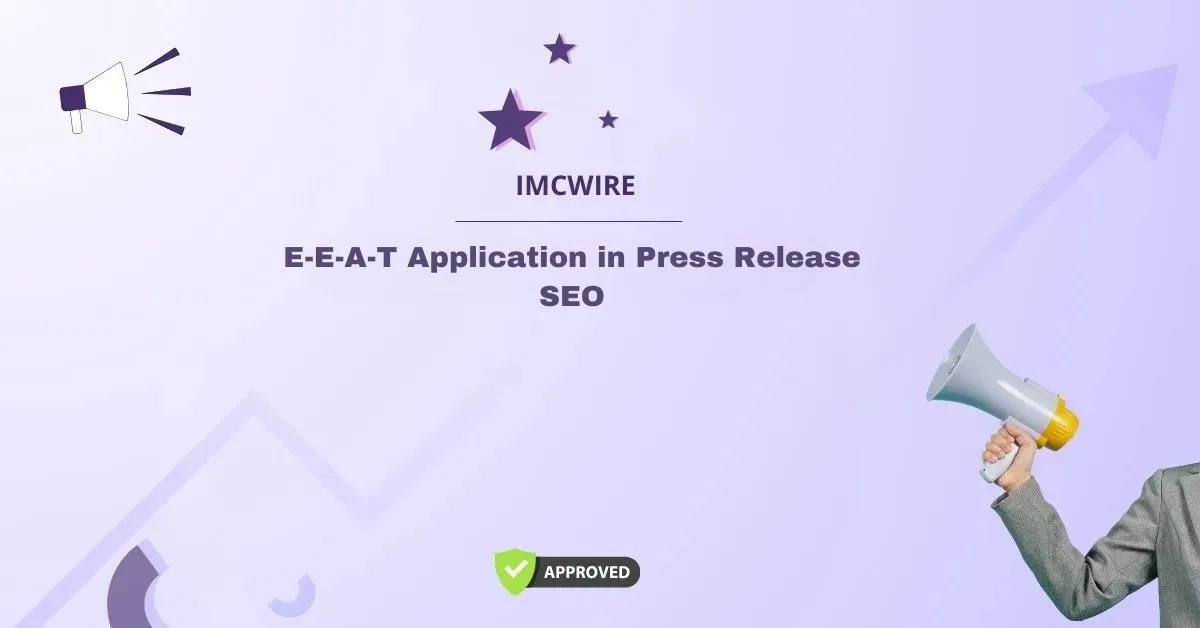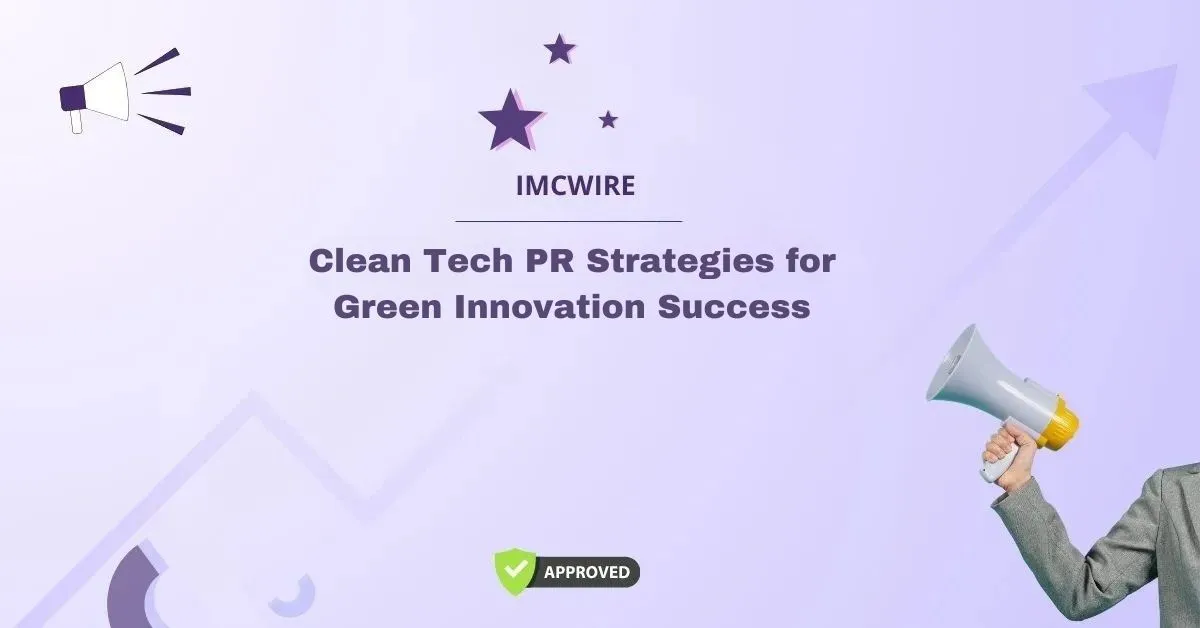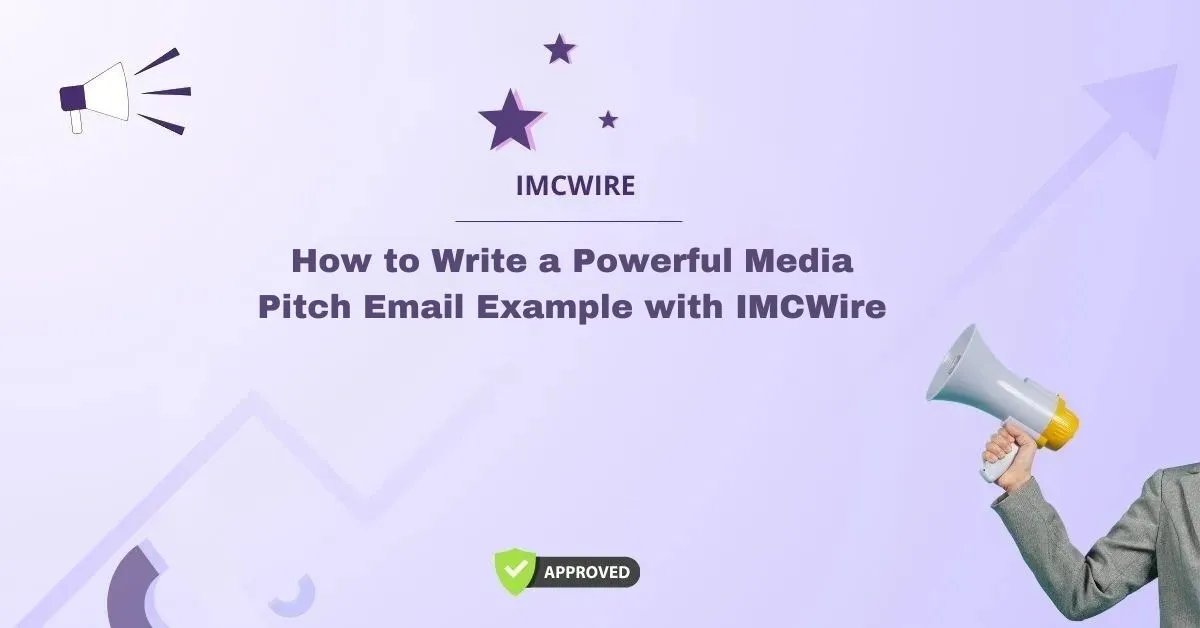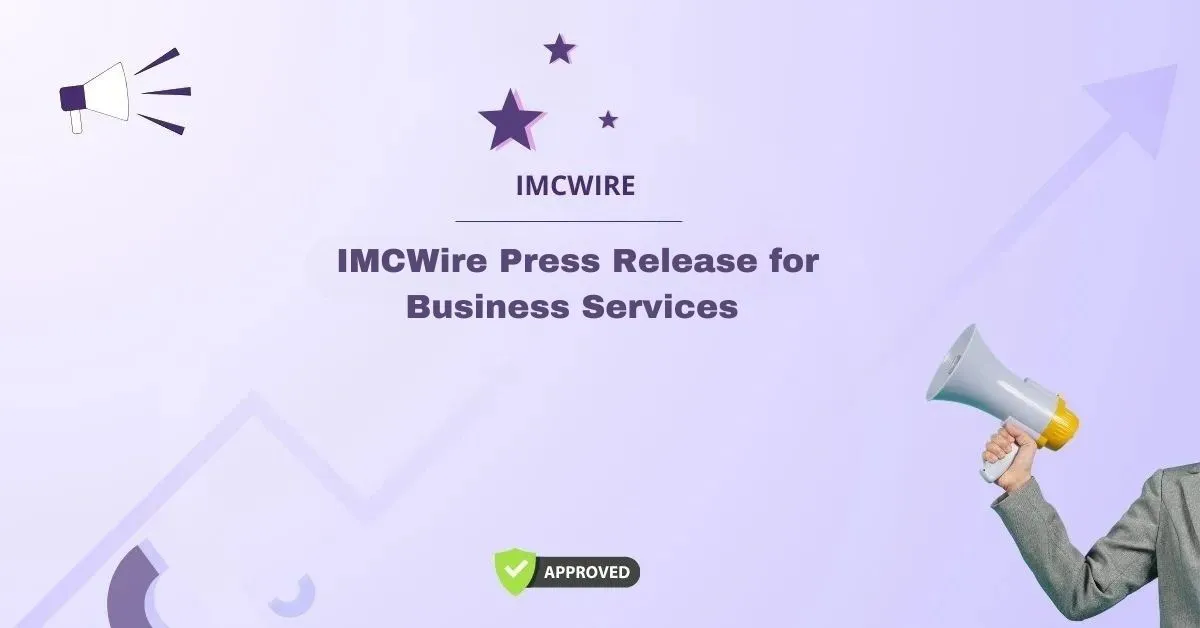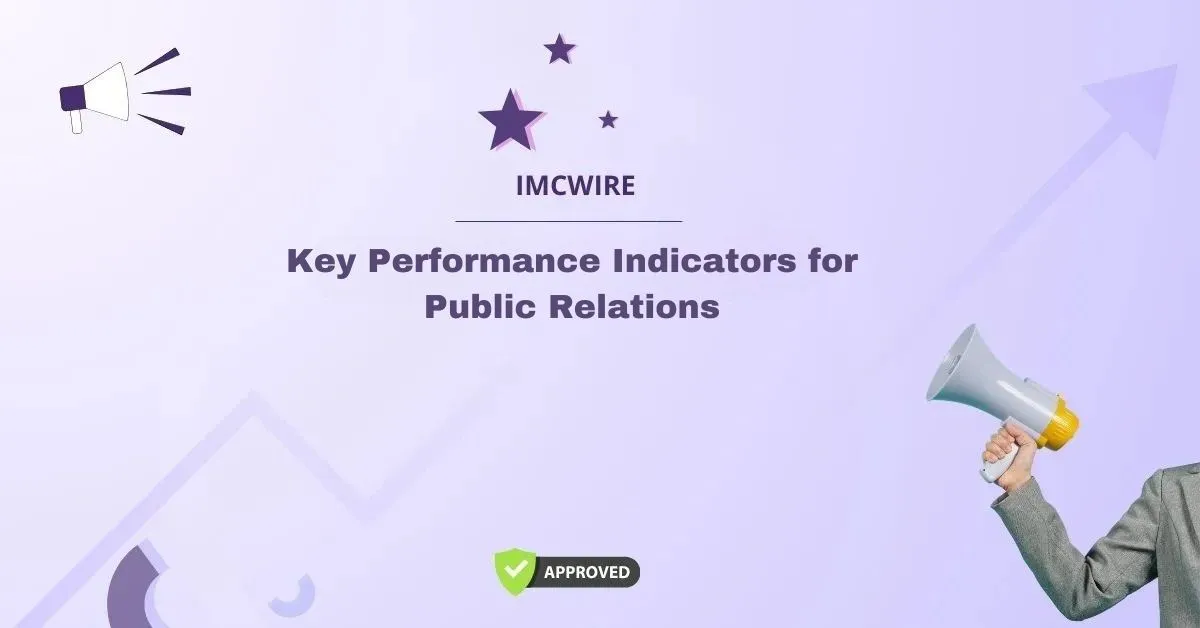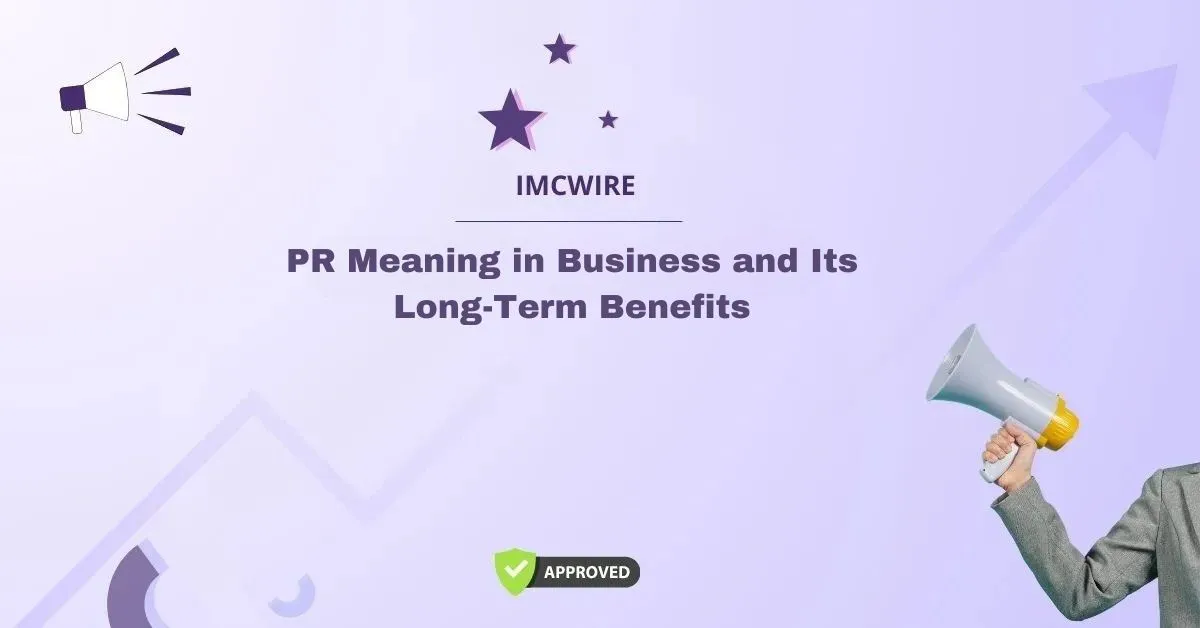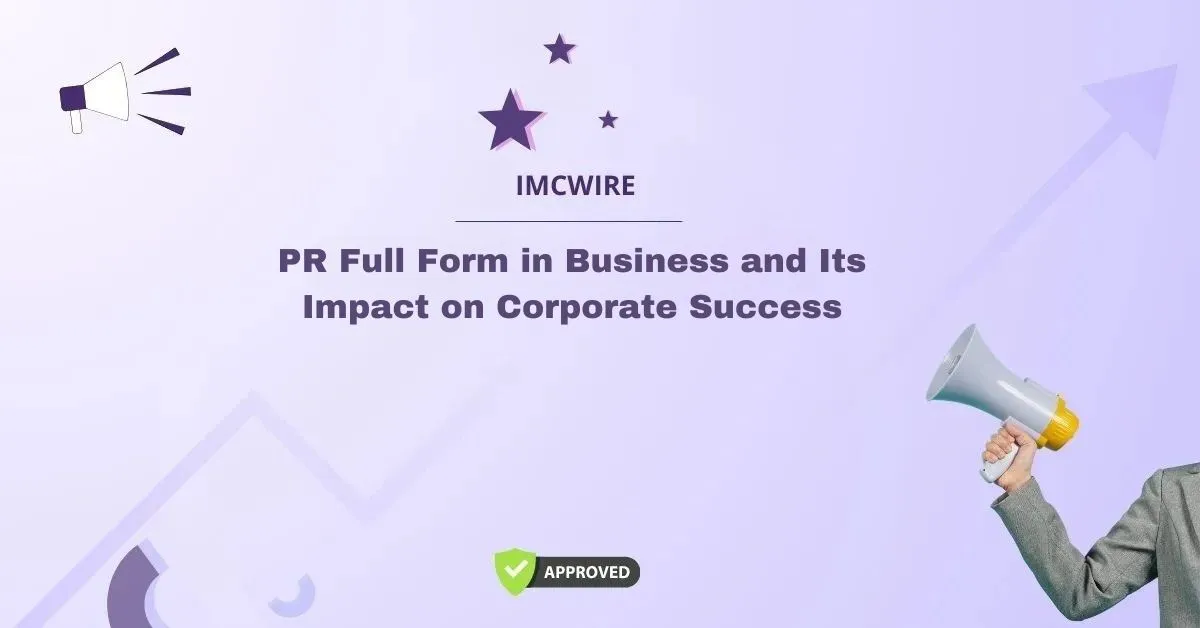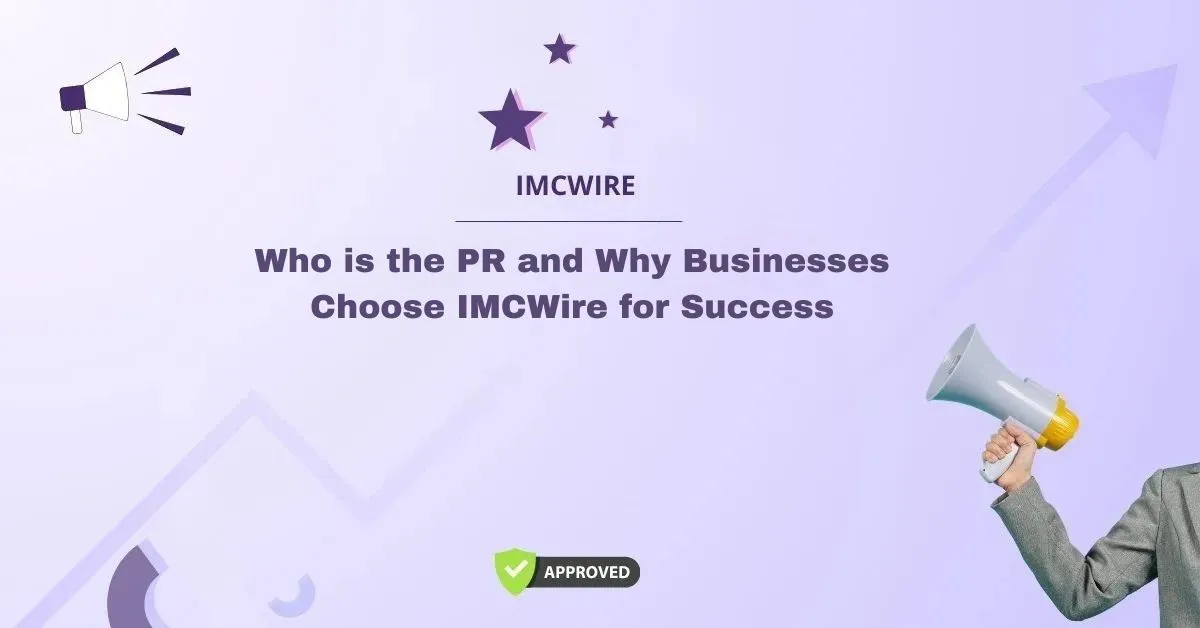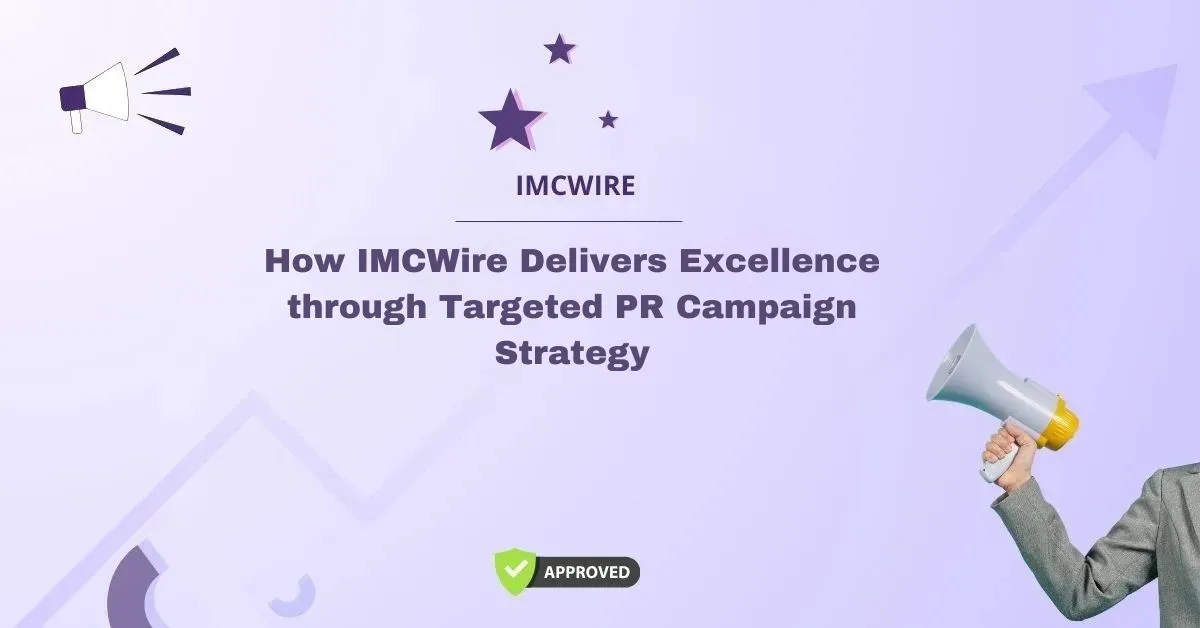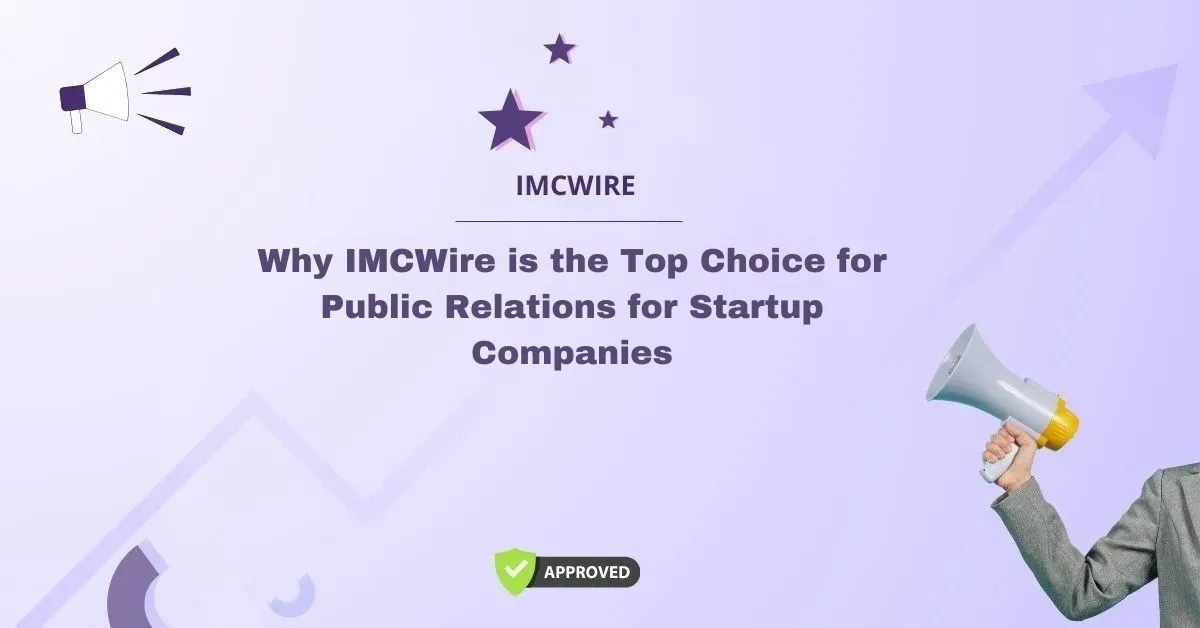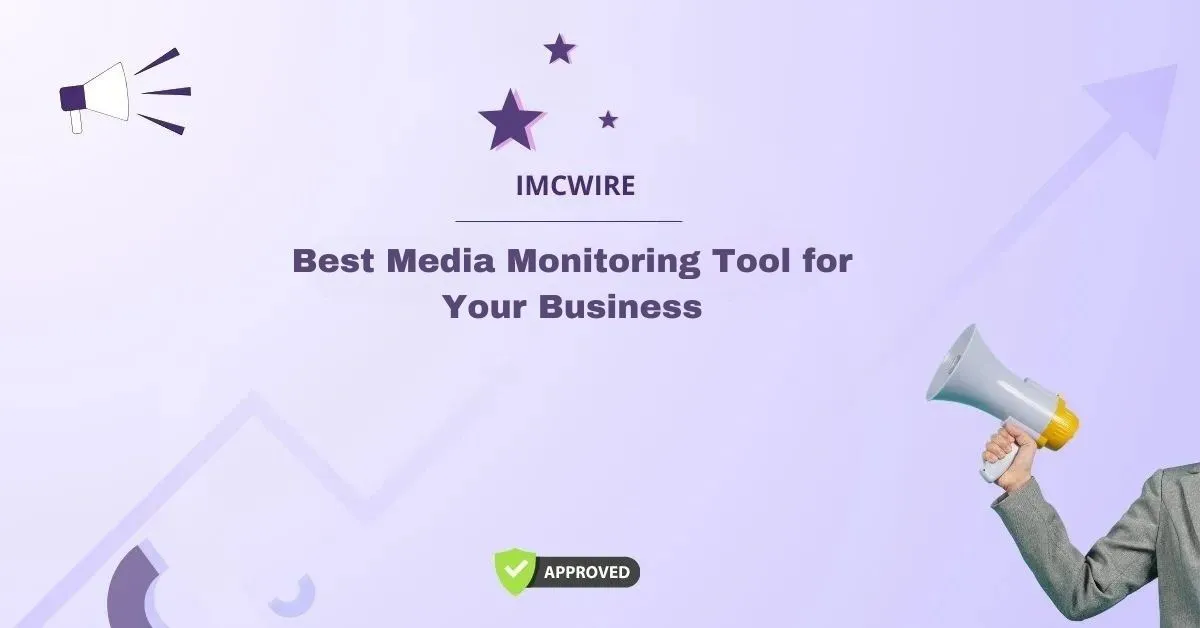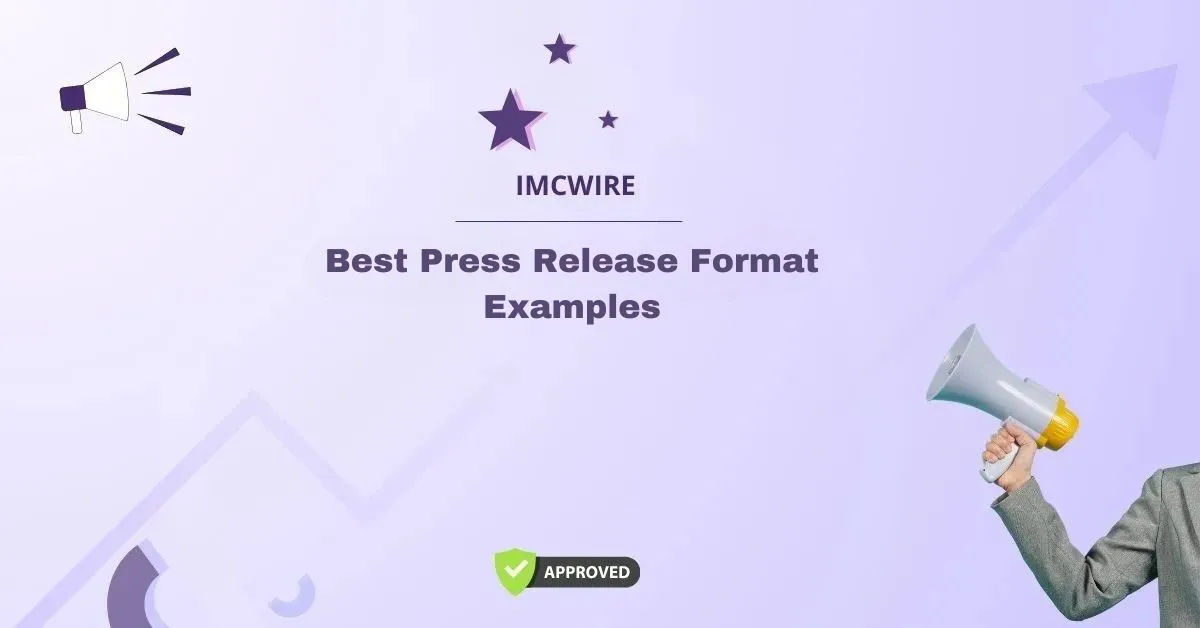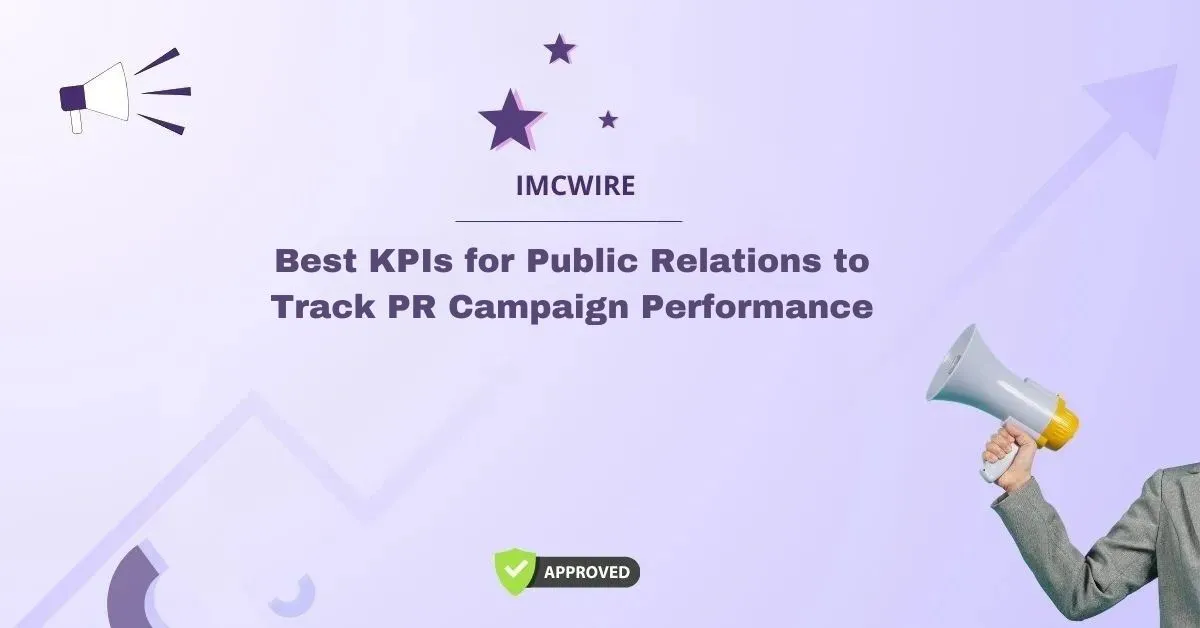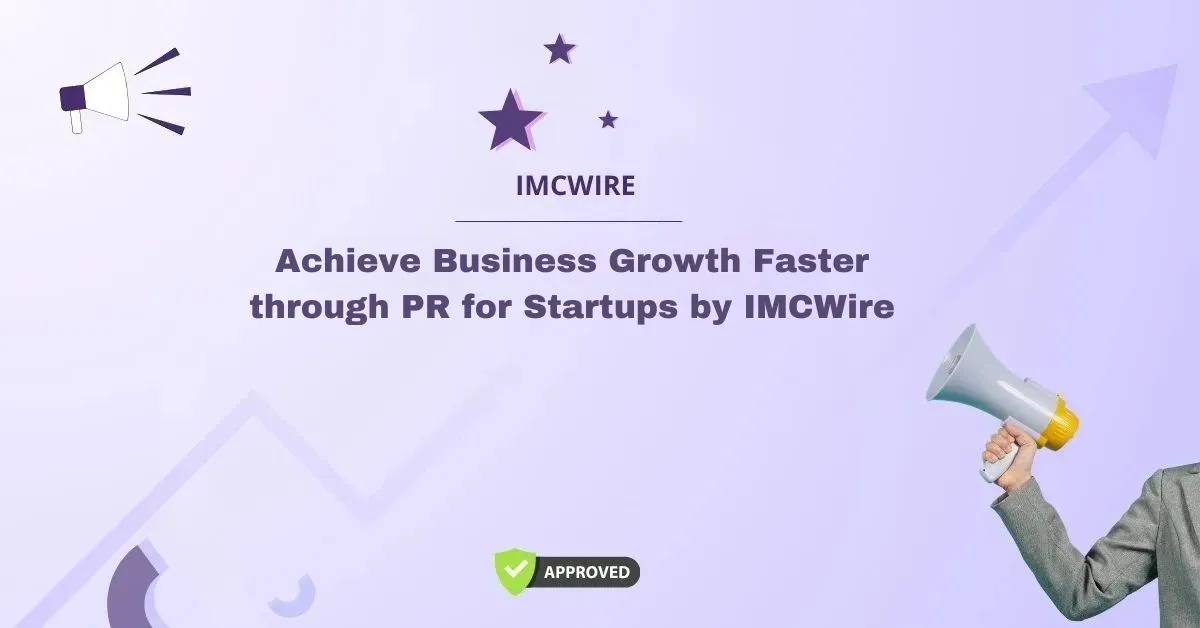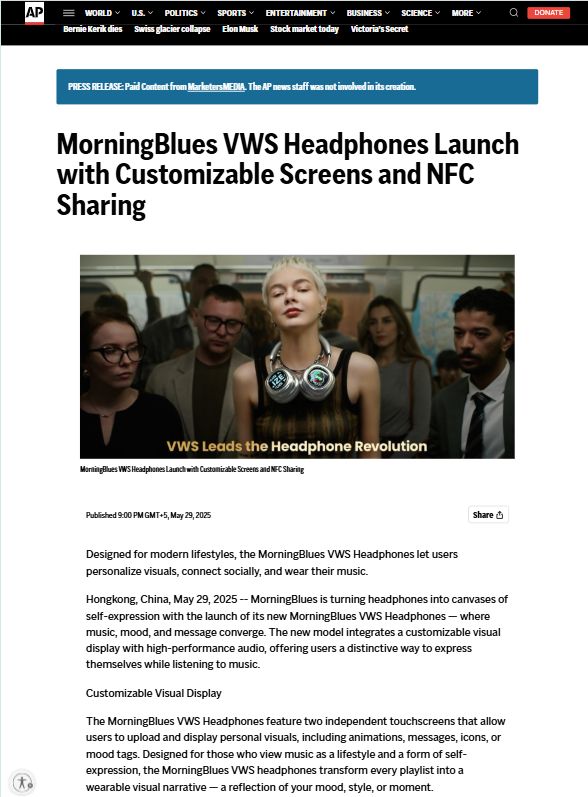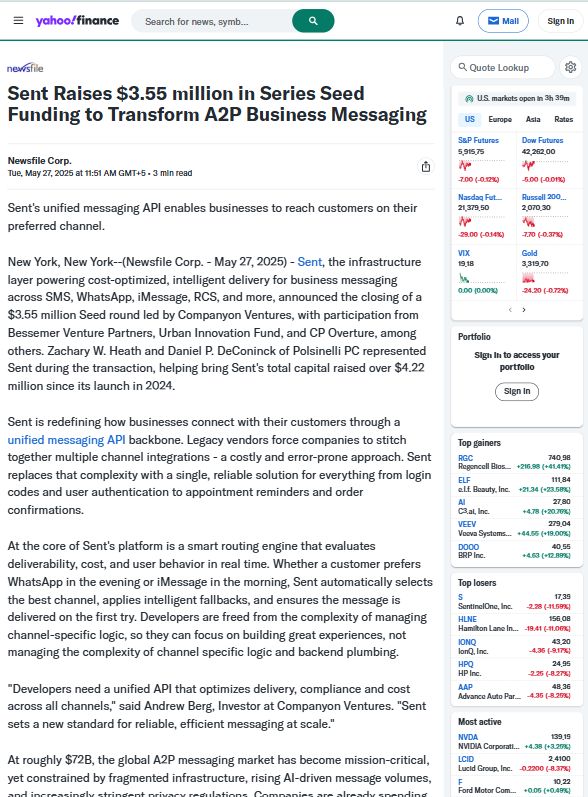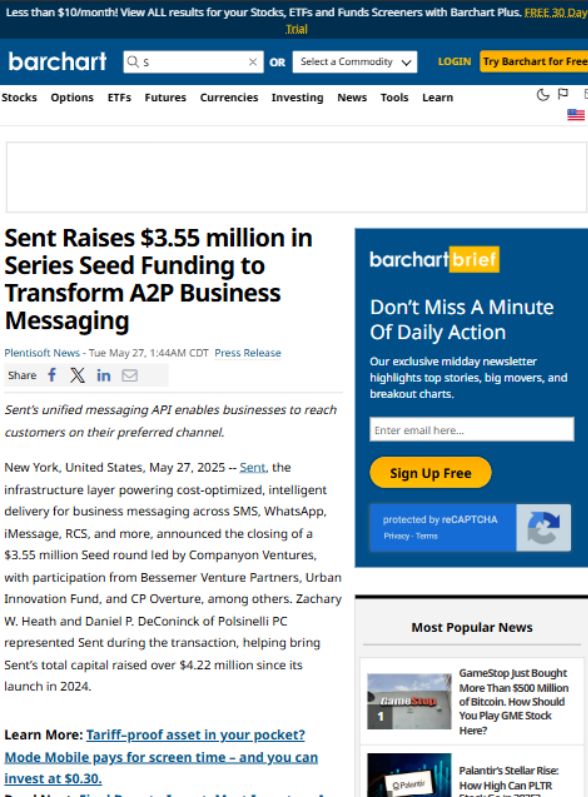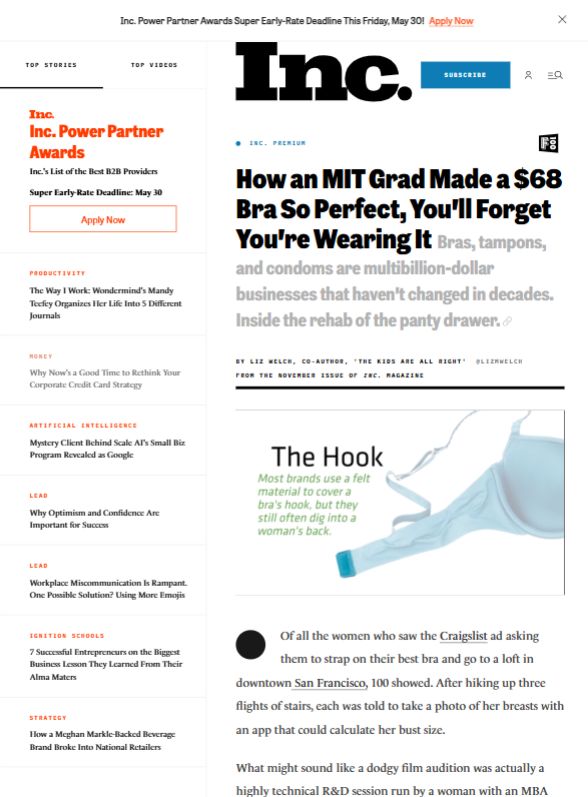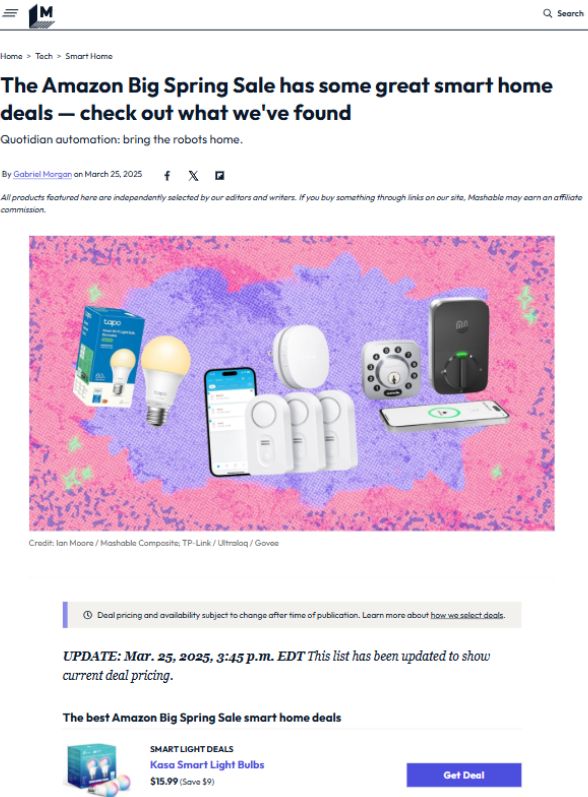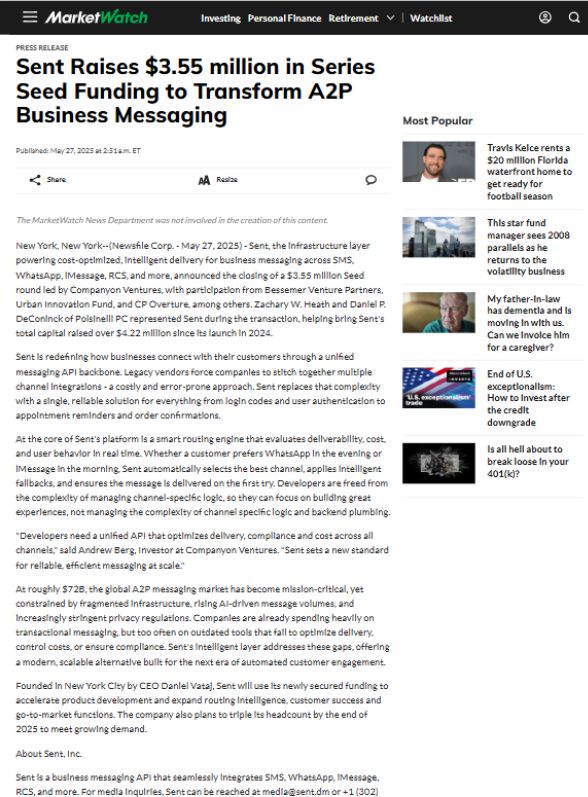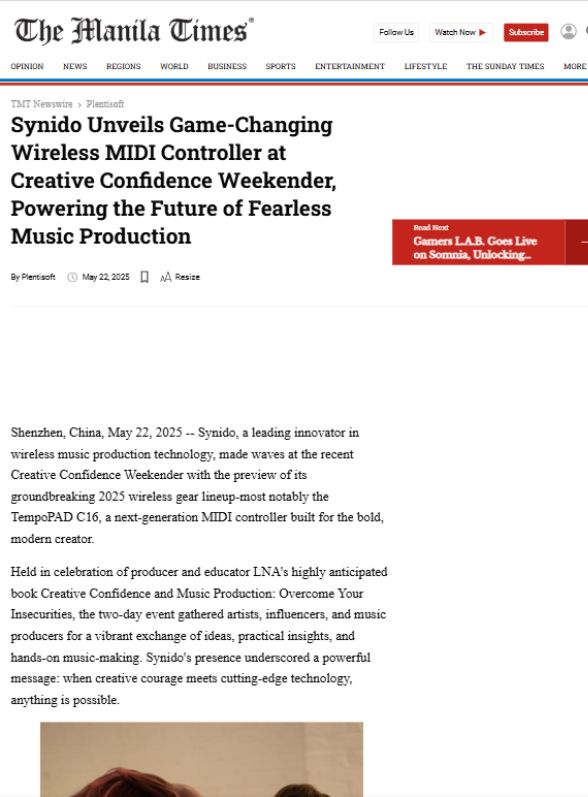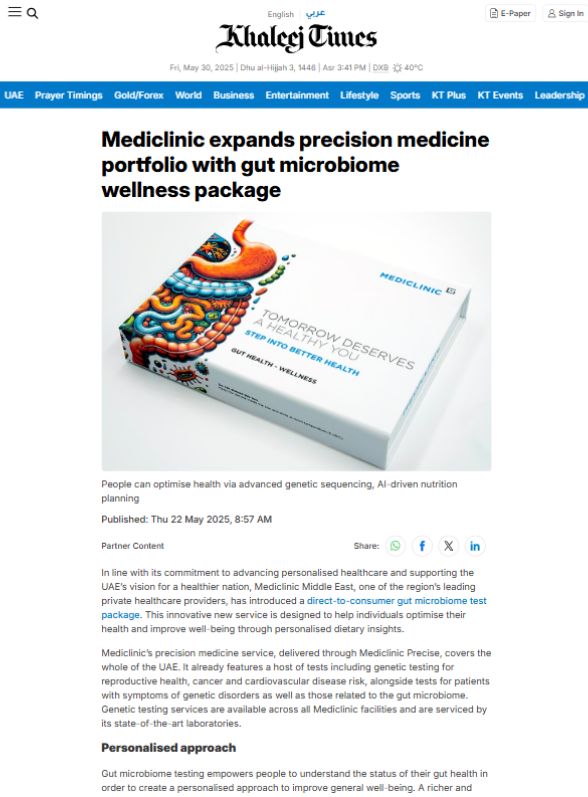In today’s digital landscape, press releases are no longer just about company announcements—they are a strategic SEO asset. But with search engine algorithms evolving, especially Google’s emphasis on quality content, simply writing a newsworthy release isn’t enough. That’s where E-E-A-T comes in.
E-E-A-T stands for Experience, Expertise, Authoritativeness, and Trustworthiness. These four principles guide how Google evaluates content quality. Applying E-E-A-T principles in your press release SEO strategy is critical if you want visibility, credibility, and lasting ranking power. At IMCWire, we help businesses align their press release distribution with E-E-A-T standards to build strong search engine authority while gaining real media exposure.
Let’s dive into how E-E-A-T applies to press release SEO—and why it should be your top priority in 2025.
Table of Contents
What is E-E-A-T in SEO?
E-E-A-T is a key component of Google’s Search Quality Evaluator Guidelines. It’s not a direct ranking factor, but a framework Google uses to assess the quality of content. Here’s what each element means:
- Experience: Has the content creator directly experienced the topic?
- Expertise: Does the author have proven knowledge in the subject area?
- Authoritativeness: Is the author or the publishing platform seen as a credible source?
- Trustworthiness: Can readers rely on the accuracy and integrity of the content?
For press releases, these principles are more than just theoretical—they are actionable guidelines that improve your visibility and credibility in both search engines and the media.
The Role of Press Releases in SEO
Press releases do more than announce company news. They help brands:
- Earn high-authority backlinks
- Improve search engine visibility
- Build trust with journalists, customers, and investors
- Gain third-party validation via media features
But here’s the catch: not all press releases are created equal. Without incorporating E-E-A-T principles, your release could be ignored by search engines and readers alike.
How to Apply E-E-A-T in Press Release SEO
Let’s break down how to practically implement each component of E-E-A-T into your press releases.
1. Experience: Show You’ve Been There
Google values content from people who have real-life experience. Your press release should include:
- Quotes from executives or employees who were directly involved in the news
- Real data and case studies from internal performance or customer results
- Behind-the-scenes insights that show the journey, not just the outcome
For example, if your company is announcing a new software tool, include quotes from the product developers and feedback from beta users. This shows you’re not just talking about the product—you’ve lived it.
2. Expertise: Highlight Your Subject Matter Knowledge
Establishing expertise in a press release involves showing that your business knows what it’s doing. You can do this by:
- Quoting in-house experts or specialists
- Referencing your company’s track record in the industry
- Providing factual information backed by third-party data
Include specific titles, credentials, or years of experience when quoting individuals. A “CTO with 20 years in cybersecurity” lends more weight than a generic “company spokesperson.”
3. Authoritativeness: Publish on and Earn from High-Authority Platforms
Where your press release is published matters. Distributing it via authoritative platforms like IMCWire or getting featured in industry-relevant publications helps search engines recognize the authority of your brand. Best practices include:
- Using a verified press release distribution service (like IMCWire)
- Targeting niche and high-traffic media outlets
- Getting quotes or collaborations from other known authorities
When authoritative domains link back to your site or mention your brand, Google sees this as a vote of confidence.
4. Trustworthiness: Establish Content and Brand Integrity
A trustworthy press release is accurate, verifiable, and transparent. Here’s how to ensure yours checks these boxes:
- Include contact information and citations
- Use correct statistics and verifiable sources
- Avoid exaggerated or misleading claims
Also, ensure your brand’s website is secure (HTTPS), professionally designed, and has clear About/Contact pages. Google evaluates the full ecosystem of trust—not just the press release itself.
IMCWire’s Role in Enhancing E-E-A-T in Press Release SEO
At IMCWire, we don’t just distribute press releases—we optimize them for visibility, trust, and authority. Here’s how our services align with E-E-A-T principles:
- Experience: We help businesses share their unique story with clarity and proof
- Expertise: We collaborate with skilled writers and editors who understand industry-specific language
- Authoritativeness: We publish to media outlets with verified credibility and high domain authority
- Trustworthiness: We ensure each release meets transparency and quality standards before distribution
Whether you’re a startup or an established enterprise, we tailor your press release campaign to boost both search performance and brand reputation.
Real-World Example: E-E-A-T-Optimized Press Release in Action
Let’s consider a press release for a new AI-driven healthcare app:
Without E-E-A-T:
- Vague descriptions
- No expert quotes
- Published on a low-authority blog
- No data or third-party validation
With E-E-A-T:
- Features quotes from the Chief Medical Officer with 15 years of experience
- Includes patient success stats from a controlled pilot study
- Distributed through IMCWire and picked up by HealthTech Today
- Contains a secure backlink to the official company page with additional resources
The second example not only ranks better on Google but also earns more trust from journalists and potential customers.
How to Craft an E-E-A-T-Optimized Press Release
Here’s a step-by-step guide:
- Define the Newsworthy Angle: Focus on why this announcement matters to your audience.
- Include Experienced Voices: Quote real people with first-hand involvement.
- Support with Expertise: Add factual, verifiable data and references.
- Publish with Authority: Use trusted distribution platforms and target relevant media.
- Build Trust: Ensure transparency, accuracy, and integrity throughout the release.
Remember, Google isn’t just crawling your words—it’s evaluating the intent, the source, and the ecosystem around your content.
The SEO Benefits of E-E-A-T-Based Press Releases
Applying E-E-A-T doesn’t just build brand credibility—it directly impacts your SEO outcomes. Here’s what you gain:
- Higher rankings for branded and non-branded keywords
- Improved backlink profiles from trusted media sources
- Increased click-through rates from rich media snippets and news features
- Greater audience trust, leading to higher conversion rates
Over time, consistently publishing press releases that follow E-E-A-T principles helps establish your website and brand as an authority in your niche.
Common Mistakes to Avoid in Press Release SEO
Even seasoned marketers make these E-E-A-T errors:
- Publishing generic, templated releases with no real expertise or experience
- Using paid links on spammy or unrelated sites
- Forgetting to update company pages or credentials
- Lacking transparency or proof in claims
Avoiding these mistakes protects your SEO reputation and ensures long-term results from your press release strategy.
Final Thoughts: Building Authority with E-E-A-T in Press Release SEO
E-E-A-T is more than an SEO trend—it’s a long-term strategy for building trust, relevance, and authority. As Google becomes better at understanding real human value, businesses must adapt their content accordingly. Press releases are a perfect opportunity to show your brand’s experience, expertise, authoritativeness, and trustworthiness—while reaching both people and search engines.
At IMCWire, we help clients integrate E-E-A-T into every part of their press release journey—from writing and publishing to SEO and outreach. If you’re ready to amplify your news while boosting your search rankings, start by aligning your press release with the principles of E-E-A-T.

